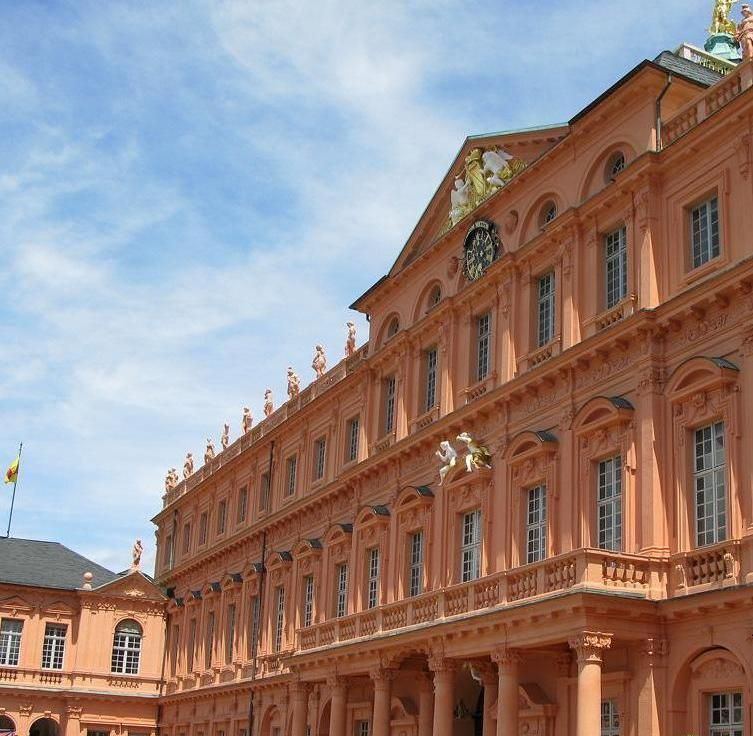A DISAPPOINTED WAR HEROLudwig Wilhelm von Baden-Baden
As a war hero, Margrave Ludwig Wilhelm von Baden-Baden (1655–1707) garnered great praise. Simultaneously, he was a ruling sovereign and, in Sibylla Augusta, had a wife who loved him. And yet, he was in no way satisfied with his political success when he began building his residence in Rastatt.







